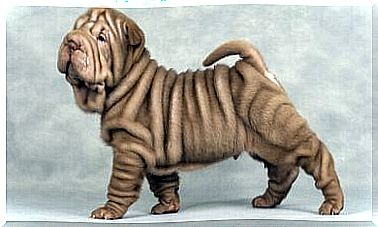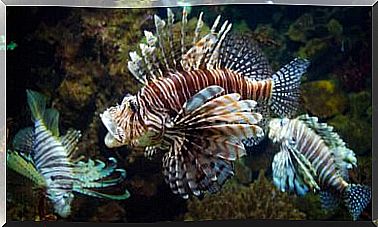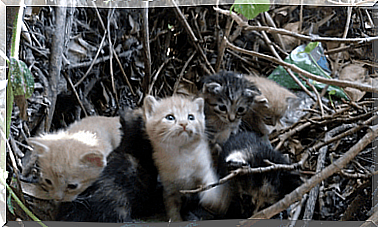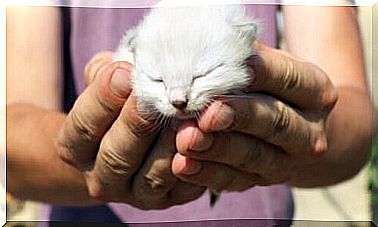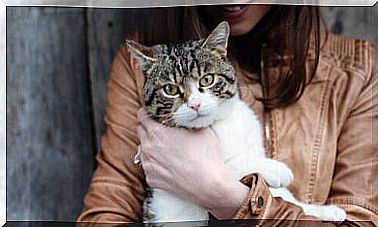Antiparasitic Application In Cattle

In the field, it is very important to take care of the animals so that they remain healthy and strong. Thus, it is possible to guarantee consistent production and supply to cities. In this context, the application of antiparasitic in cattle is fundamental. So, today we are going to show you which are the most used ones today.
What parasitic diseases affect cattle?
We can divide diseases caused by parasites into two major groups: external (ectoparasites) and internal (endoparasites).
In this context, among the external ones are: pathologies transmitted by blood-feeding insects, such as tsetse flies, fleas, lice, flies and mosquitoes.
Bicheiras (myiasis) are among the most feared external parasites in agriculture. After all, they can infect the skin, mucous membranes and wounds, since the insect lays eggs and the larvae reproduce in these tissues.
In turn, the most common internal parasites in cattle are gastrointestinal nematodes. Among them, the following stand out: Bunostomum, Cooperia, Haemonchus, Toxocaran vitulorum and Trichuris .
Additionally, some nematodes affect the animal’s lungs, skin, eyes and other organs. In this group, trematodes and cestodes are two types of internal parasites that can affect cows, oxen, buffaloes, or bison.
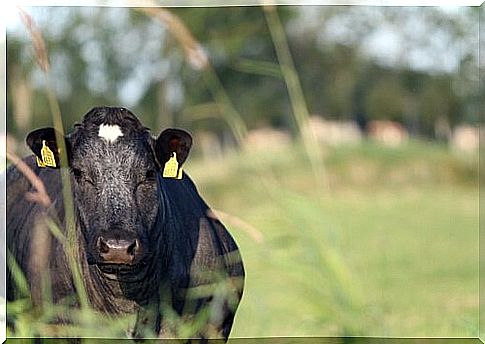
Antiparasitic in cattle: external application
There are different ways to apply antiparasitic in cattle topically or externally. We can highlight:
1. Sprays
They are generally used to treat lice, ticks, horn flies and crab flies. They serve to cure or prevent worms, as well as to prevent the proliferation of insects in wounds or surgeries. Furthermore, the sprays are easy to apply and do not stress the animal.
2. Baths
They can be dipped or sprayed. The first is to immerse the cattle in large pools with diluted water and antiparasitic drugs. The downside of this system is the stress it creates on animals.
In addition, poisoning can occur if the animals drink the water. Finally, there is a risk of fractures and injuries from moving the animal during the bath.
The spray bath requires a special system where water is mixed with the antiparasitic. Afterwards, the mixture is sprayed onto the animal.
The disadvantage of this method is that it “wets” only the upper part and does not reach the lower areas of the animal’s body.
3. Earrings
In addition to serving as identification, plastic earrings are used as a method of applying antiparasitic agents to cattle.
In this context, they function mainly as a mosquito and horn fly repellent. Finally, the effectiveness of this control method is approximately 90 days.
4. Powder medication
Another antiparasitic application system is through bags that store the powdered medicine, and which are placed at the exit of the stable.
This way, when the animal leaves, it comes into contact with the recipient and releases the treatment.
Antiparasitic in cattle: internal application
In this case, a particular infected animal is treated. Therefore, the animal is separated from the rest of the herd. Internal antiparasitics can also be used in cattle as a preventive measure against a possible outbreak.
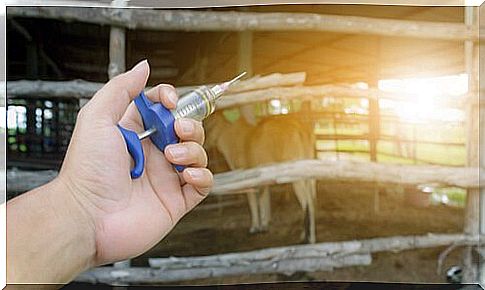
The methods are:
1. Intraruminal capsules or bolus
They serve to treat parasites for a long time, as long as the drug’s active ingredient is released slowly.
The capsule is applied through the animal’s mouth. So, treatment basically consists of letting it act on its own after application.
2. Intraruminal fluids
A needle that goes through the skin, peritoneum and rumen is used. There, the antiparasitic is injected. As it is a bleeding method, it is no longer used on animals weighing less than 200 kilograms. Injectable applications allow greater control of parasites in cattle.
3. Premixes or blocks
The medication is placed in the food and each animal receives at least one dose. The problem with this technique is that it is not possible to know how much antiparasitic each animal in the herd consumed.
Finally, it is noteworthy that the application of antiparasitic agents in cattle must be indicated by a specialized veterinarian. Therefore, always follow the veterinary health professional’s specific instructions.
